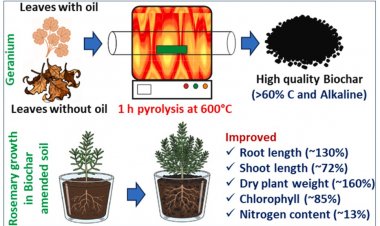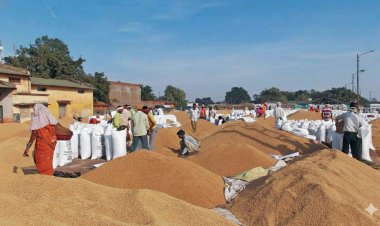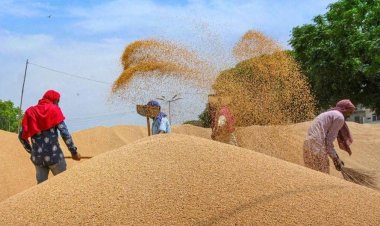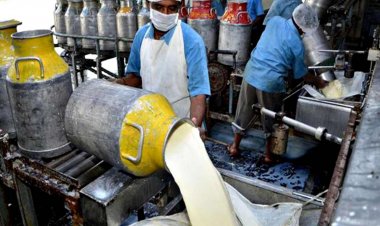Bio-fertilizers blue-green algae and Azolla better nitrogen substitutes for crops
Bio-fertilizers blue-green algae and Azolla fix the atmospheric nitrogen in the soil and benefit the crops. Besides, they produce substances that increase the organic material in the soil. These are better options for providing nutrients to crops at low cost — advantageous both environmentally and economically.
Agricultural research institutes in India are looking for possibilities regarding organic products in agriculture. Microalgae are one such possibility that promotes sustainable farming with their inherent advantages — low-cost, soil-enriching, health- and eco-friendly. This new episode of Rural Voice Agritech Show takes a look in the video given above at the various aspects of blue-green algae and Azolla — how they are produced, how they are used and what their advantages are. Harvir Singh, Editor-in-Chief of Rural Voice spoke in this episode to Dr Sunil Pabbi, Head of Microbiology Department, Indian Agricultural Research Institute (IARI), Pusa. You may click on the video given and watch the show.
According to Dr Sunil Pabbi, blue-green algae, also known as cyanobacteria, are a group of aquatic plants. Appearing to be like moss, they are autotrophs — that is, they can make their own food. They fix the atmospheric nitrogen in the ground and benefit the crops. Besides, they produce substances that increase the organic material in the soil. These are better options for providing nutrients to crops at low cost — advantageous both environmentally and economically.
Dr Pabbi said that the research institute has developed two bio-fertilizers — blue-green algae and Azolla — for paddy and both can be grown along with paddy. Both these bio-fertilizers fix nitrogen in the crop of paddy. Farmers can develop these on their own. Among the crop of paddy, the conditions are conducive to the growth and development of blue-green algae because paddy fields are always full of water. 15-25 kg of nitrogen fixation per acre is achieved in the paddy crop with the help of blue-green algae. Their use increases organic substances in the soil and other growth-inducing chemicals like auxin, gibberellin etc.
How to use blue-green algae in paddy
Said Dr Pabbi, “Blue-green algae is used within one week of the sowing of paddy. 4-5 kg of algae fertilizer is used per acre and even if there is excessive use, there will be no harm.” He said that while using blue-green algae, care should be taken that the field should be filled with water for 10 days. He added, “if the farmer uses algae fertilizer for 4-5 seasons, the number of nitrogen-fixing bacteria multiplies so much in the field that there is no need of spraying blue-green fertilizers anymore. Thus, besides reducing the cost of paddy farming, it also increases the yield.”
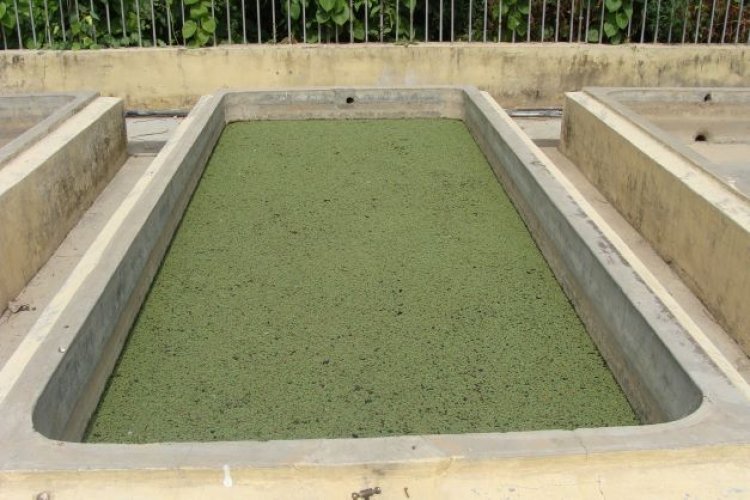
Azolla advantageous for farming and animal husbandry both
Said Dr Pabbi, “Like blue-green algae, Azolla is a green, nutritious, fast-growing aquatic fern that, while floating in ponds, lakes and still waters, fixes nitrogen from the atmosphere. Azolla is used as green fertilizer and double crop in the crop of paddy. Its use helps fix 15-25 kg of nitrogen per acre in the crop. The most significant thing about Azolla bio-fertilizer is that it quickly decomposes in the soil and provides nitrogen to the plants.”
Use of Azolla in crops as green fertilizer
Dr Pabbi said that Azolla may be grown in a nursery by adopting the pit method, the tank method and the HDPE technique. “The surface should be level so that the depth of water remains the same across the area.” The depth of water should be 10cm. The production of Azolla begins within a week. Dr Pabbi then went into the details of how to grow Azolla along with the crop of paddy.
Azolla is also a low-cost nutritious fodder
Gajanand Aggarwal, a farmer from the village Dhanauta in Jaipur who produces Azolla, says, “Besides being used as nutrients in crops, Azolla is also used for fodder. It has 25-30 per cent of protein, which is much more than that in any other fodder. You may feed all sorts of cattle like cows, buffaloes and goats with Azolla. If you feed milch cattle with Azolla, it will not only speed up their physical growth but also increase milk production by 15-20 per cent.”
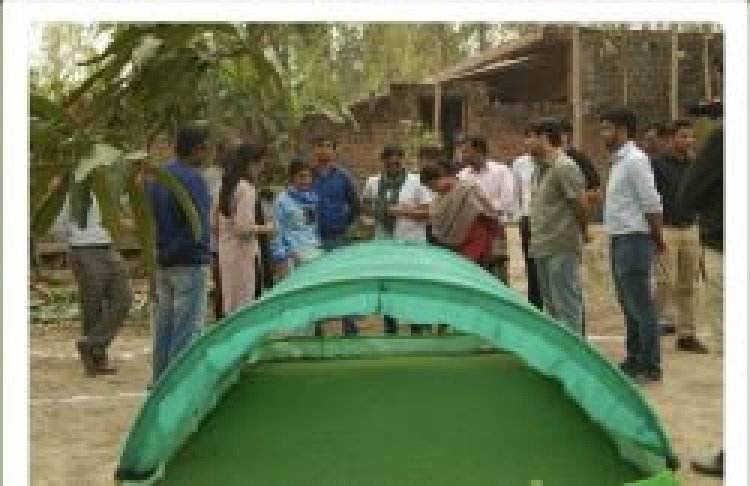
Azolla saves 40-50% of fodder cost
Says Gajanand, “If Azolla is given to the cattle instead of concentrated food (grains and oilcake), 40-50 per cent can be saved on fodder cost.” According to him, Azolla may be mixed in their feed in the ratio of 1 : 1. He said that nutritious fodder was available at Rs 25 a kg in the market. If the farmer produces Azolla, its production cost per kg comes to Rs 2-3. Besides, the production of Azolla does not require much water. The farmer may thus reduce his fodder cost by growing Azolla in his barren land or empty plots.



 Join the RuralVoice whatsapp group
Join the RuralVoice whatsapp group

















